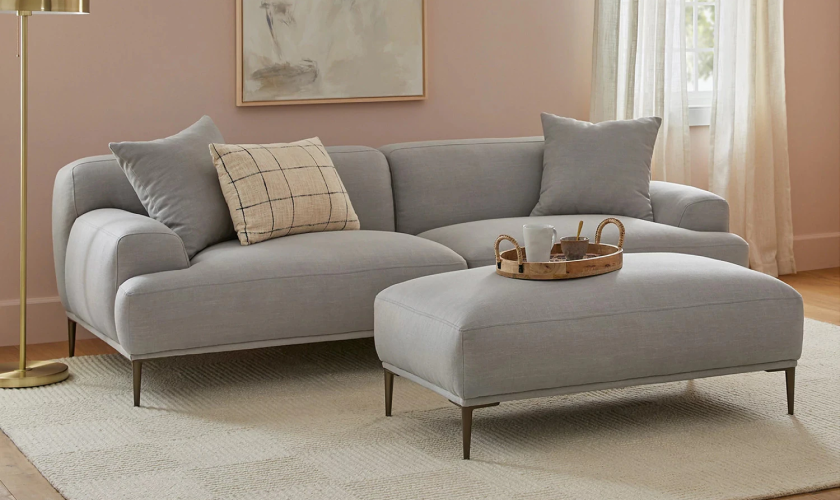
The Evolution of Furniture Design: From Traditional to Modern in India
Traditional Roots: Craftsmanship at its Finest
Indian furniture finds its origins in a rich heritage of handcrafted designs. Traditional furniture, often made from teak, rosewood, or sheesham, was characterized by intricate carvings, inlays of ivory or brass, and ornate details inspired by nature, mythology, and Mughal artistry.
Key Highlights of Traditional Furniture:
- Regional Styles: From the colonial charm of Goa to the regal opulence of Rajasthan, each region offered a unique flavor of design.
- Durability and Grandeur: Solid wood construction ensured longevity, while elaborate motifs added an aura of luxury.
- Purpose Meets Aesthetics: Pieces like jharokhas, four-poster beds, and intricately carved almirahs were functional yet decorative.
The Transition: Blending the Old and New
As industrialization and urbanization swept across India, furniture design began adapting to changing lifestyles. The mid-20th century marked a significant shift as homes became more compact, and practicality started to influence design.
Influences of the Transition Phase:
- Colonial Impact: British-era furniture introduced simpler, structured designs like writing desks and wingback chairs.
- Hybrid Designs: Traditional craftsmanship met modern sensibilities, leading to fusion pieces with clean lines and ornate detailing.
- Introduction of New Materials: Beyond wood, materials like wrought iron and cane gained popularity for their affordability and versatility.
Modern Era: Simplicity Meets Functionality
Today, furniture design in India reflects a minimalist approach, catering to urban spaces and evolving tastes. Clean lines, modular structures, and a focus on comfort define contemporary styles. Modern furniture embraces sustainability, innovative materials, and multi-functional designs.
Defining Features of Modern Furniture:
- Space Optimization: Compact, modular furniture like sofa-cum-beds and foldable dining tables cater to urban living.
- Diverse Materials: Engineered wood, glass, metal, and eco-friendly materials have become mainstream.
- Global Inspiration: Scandinavian minimalism, industrial chic, and mid-century modern styles influence today’s furniture.
- Tech Integration: Smart furniture with built-in charging ports and adjustable features aligns with digital lifestyles.
Why It Matters
The evolution of furniture design in India is a testament to how art, culture, and technology shape our living spaces. At HOF, we honor this legacy by blending traditional artistry with modern functionality, offering premium furniture that enhances every home.
Whether you’re drawn to the grandeur of heritage designs or the simplicity of contemporary styles, there’s a story in every piece. Celebrate this journey with furniture that’s not just made to last but made to inspire.
Would you like a traditional piece with a modern twist? Explore our collection today!
Share
Warrenty Claim
Log in to make a warranty claim
- Choosing a selection results in a full page refresh.
- Opens in a new window.
